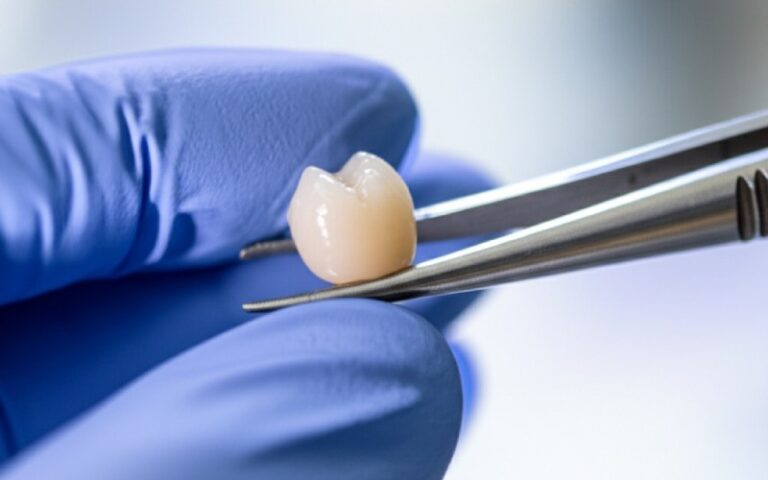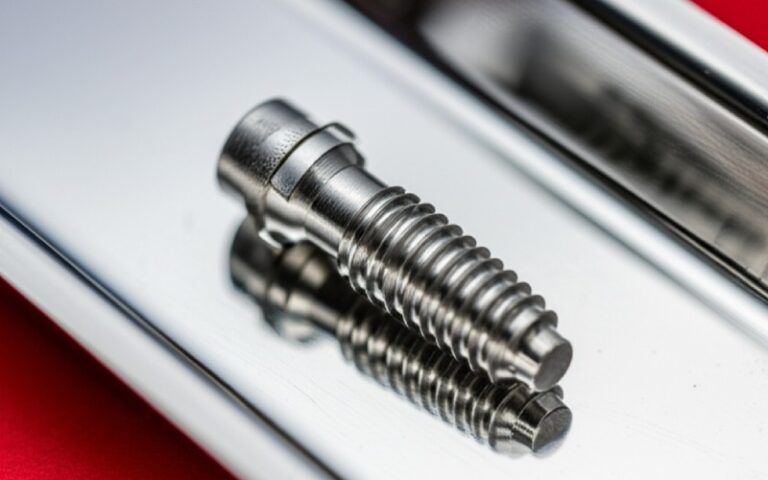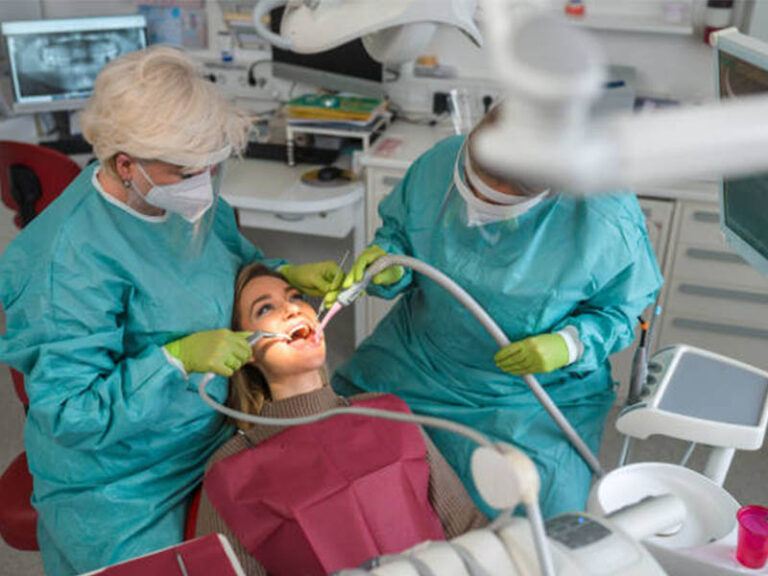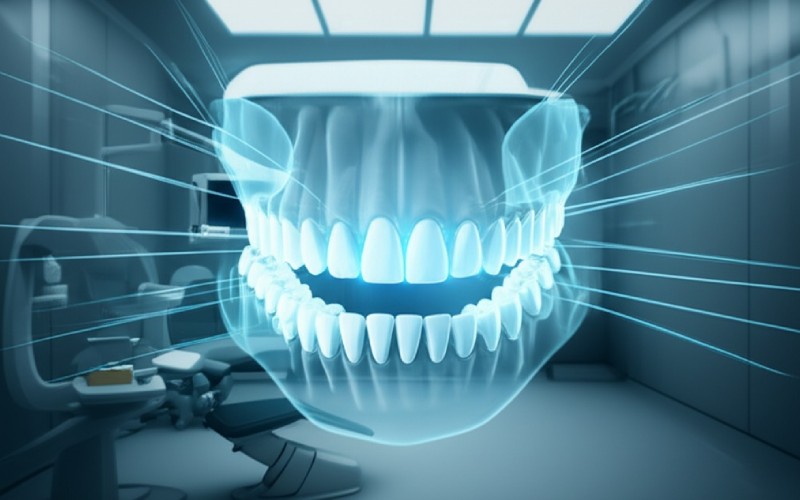
Avanceret dentalteknologi: Hvad din moderne tandlægeklinik har brug for i 2025
The way a dentist works is changing fast. How patients feel about dental care is changing too. This is because of advances in dental technology. This article is for the dentist who wants to lead the way. I will show you the most important new dental technology you need for 2025. Reading this will help you give better patient care. It will make your dental office run better. And it will help your business grow for years to come.
Indholdsfortegnelse
Why Should Your Dental Practice Embrace New Dental Technology in 2025?
Your dental practice is a business. You must embrace change to grow. The new dental technology for 2025 is not just about new tools. It is about giving better care. It is about making dental care more efficient. This helps you improve patient health and make more money.
Patients today expect more. They want comfort. They want speed. They want to see that you are using the best tools available. When you invest in modern technology, you show them you care about their patient experience. This builds trust and loyalty. A modern dental office that uses the latest dental tools is a busy one. It is a sign of a successful dental practice that is ready for the future. Technology improves the way you work and the health of your patients.
The dental industry is moving forward quickly. If you stand still, you will be left behind. Adopting these new tools isn’t just an expense. It is an investment in the future of dentistry. It makes your work easier, more accurate, and more enjoyable. The right dental tech can change everything about how you manage your day and treat your patients.
How Can Artificial Intelligence (AI) Enhance Your Dentistry?
AI has changed many industries. Now, it is changing dentistry in big ways. Artificial intelligence is like having a very smart assistant. It can look at an x-ray and find a small cavity that a human eye might miss. This early detection is key to preventing bigger dental problems. This is a huge advancement for any dentist.
AI can also help you make better treatment plans. The software can look at a patient’s data and suggest the best options. This helps you explain the choices to your patient clearly. It gives them confidence in your plan for their oral health. Using AI is one of the biggest advancements in dental technology. It helps a dentist work faster and with more accuracy, allowing for more accurate diagnoses.
The use of AI goes beyond just finding a cavity. Some systems can predict which patients are at high risk for issues like gum disease. This lets you focus on prevention. This proactive approach to dental care is a core part of modern dentistry. Technology like AI can truly enhance your ability to provide great care.
Are Intraoral Scanners the End of Messy Impressions?
Do you remember the old way of making an impression? Patients hated the gooey, messy stuff. Well, those days are over thanks to intraoral scanners. These small, handheld wands are a huge leap forward. A dentist or assistant can use the scanner to take a quick and easy scan of the patient’s teeth.
The result is a perfect 3D digital model on a computer screen. There are no more goopy trays or gagging patients. These digital impressions are much more comfortable for the patient. This greatly improves the overall patient experience. It also makes your workflow much faster. You can send the digital file to a laboratorium instantly. No more shipping physical mold impressions.
The accuracy is another big win. Intraoral scanners can create highly accurate models of teeth. This means things like a crown or tandprotese will fit perfectly the first time. This has improved the precision of many dental procedures. It reduces the need for adjustments and remakes. This saves you time and money and boosts patient satisfaction.
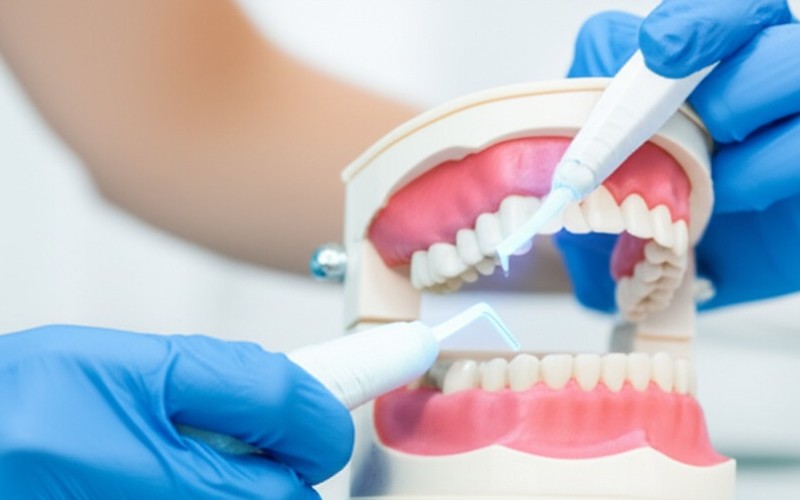
What Makes 3D Printing a Game-Changer for Dental Restoration?
Once you have a digital scan, what’s next? For many modern practices, the answer is 3D printing. 3D printing has built everything from car parts to houses. Now, it is making a big impact in dentistry. With a 3D printing machine in your office, you can create many dental products on the same day.
Imagine a patient needs a new crown. In the past, this took two visits. Now, you can design and print a temporary or even a permanent crown while they wait. You can print zirconia crowns that are strong and look great. The same goes for making a new denture, a night guard, or orthodontic appliances. This technology is making high-quality dental work faster and more affordable.
This in-house production gives you full control. You are no longer waiting for an outside lab. This speeds up the restoration process. It allows you to deliver a perfect appliance or crown in a single visit. This is one of the most exciting parts of digital dentistry. It gives you the power to create custom dental solutions right in your own dental office.
How Does CBCT Imaging Improve on the Traditional X-Ray?
For years, the flat, 2D x-ray was the best tool we had. But it only tells part of the story. Today, we have Cone Beam Computed Tomography, or CBCT. This is a real game-changer in dental imaging. A CBCT machine takes hundreds of pictures in a single scan. It puts them together to create a 3D view of the patient’s mouth.
This 3D imaging lets a dentist see everything. You can see teeth, roots, jawbone, nerves, and sinuses. This is very important for complex procedures like placing tandimplantater. A dentist can use the CBCT scan to plan the exact spot for an implant, reducing the risk of problems. This level of detail was not possible with a normal x-ray.
CBCT technology help dentists with much more than just an implant. It is great for planning an orthodontic treatment or finding hidden problems in the jaw. It provides a complete picture of a patient’s oral health. Using CBCT is a key part of advanced dental practice. It leads to safer treatments and better outcomes.
Can Teledentistry Really Improve the Patient Experience?
The world has become more connected, and healthcare, including dentistry, is joining in. Teledentistry is the practice of providing dental care remotely using video calls. I used to be skeptical. But I have seen how it can help both patients and dental professionals. It makes care more convenient and accessible.
Think about a patient with a simple question about their oral hygiene. Or a patient who needs a follow-up after a procedure. With teledentistry, they can talk to their dentist from home. This saves them a trip to the office. It is perfect for initial talks about oral health issues or checking on healing. This makes patients feel more connected and cared for.
Teledentistry does not replace in-person visits. You cannot fill a cavity over a video call. But it is a great tool for managing cases and improving communication. It can help reduce patient anxiety by letting them talk to you in a familiar setting. It is a smart way to enhance your service and build stronger patient relationships.
What is Minimally Invasive Dentistry and How Technology Helps?
Nobody likes the sound of a drill. The goal of modern dentistry is to preserve as much of the natural tooth as possible. This is called minimally invasive dentistry. And cutting-edge technology is making it a reality. New tools allow a dentist to treat problems with less drilling and less discomfort.
For example, dental lasers can be used to treat gum disease. They can remove infected tissue with great precision and less bleeding. Lasers can also be used to prepare a tooth for a filling. Another great tool is air abrasion. It uses a fine stream of particles to remove decay from a small cavity. This is a quiet, gentle alternative to the drill for certain dental procedures.
These minimally invasive tools are a big win for patients. They often mean less pain, less fear, and a quicker recovery. Using technology like this shows that your practice is focused on patient comfort. It is about fixing dental health problems in the kindest way possible. This approach is a key part of the future of dentistry.
How Does Virtual Reality Enhance Patient Care and Dental Education?
How could a video game headset help? It turns out, it can help a lot. For patients who are very anxious, VR can be a great distraction. They can put on a headset and watch a relaxing scene while the dentist works. This can turn a stressful visit into a calm one.
Virtual reality can also be used to enhance patient education. You can show a patient a 3D model of their mouth. You can walk them through their dental treatment plan step-by-step. When people see what needs to be done, they understand it better. This helps them feel more in control and confident in your care. Technology enhances their understanding and trust.
On top of that, VR is a powerful tool for dental education and training. Young dental professionals can practice complex treatments and improved their skills in a safe, virtual world. This is one of the newest dental technologies with a lot of promise. Technology also has the potential to make training more effective and accessible for the global dental community.
Why Are Electronic Health Records Essential for a Modern Dental Office?
Running a busy dental practice involves a lot of paperwork. Or at least, it used to. Today, modern dental practices use electronic health records (EHR). Moving from paper charts to digital patient records is a huge step forward. It makes your whole office more efficient and secure.
With EHR, all of your patient information is in one place. You can quickly access health records, treatment history, and x-rays with a few clicks. This seamless workflow saves a lot of time. It also makes it easy to share information securely with other doctors or specialists. This leads to more coordinated and effective patient care.
Keeping digital patient records is also safer. Paper files can get lost, damaged, or stolen. A good EHR system keeps data encrypted and backed up. This protects patient privacy and your practice. Adopting electronic health records is no longer an option. It is a must-have for any dental office that wants to be seen as professional and modern in 2025 and beyond.
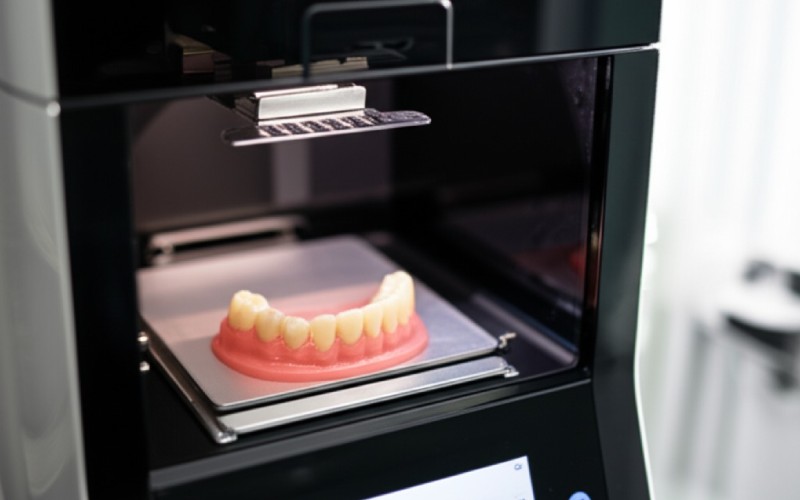
How Do You Choose the Latest Dental Technologies for Your Practice?
With so many cutting-edge technologies available, it can be hard to know where to start. My advice is to start with your biggest needs. What part of your dental practice could be better? Are patients complaining about long waits for a crown? Then 3D printing might be a great investment. Are you looking to improve your diagnoses for implants? Then CBCT is the answer.
Don’t feel like you have to buy everything at once. Pick one or two of the latest dental technologies that will have the biggest impact on your patients and your team. Talk to your staff. Ask them what would make their jobs easier. Look for high-quality dental tools from trusted companies that offer good training and support.
The goal is to use new dental technology to solve real problems in your practice. Every new piece of equipment should help you provide better, faster, or more comfortable dental care. By choosing wisely, you can build a modern dental practice that is ready to thrive. This is how you build a practice for long-term success in the ever-evolving dental industry.
Vigtige pointer at huske
- Embrace Technology: Staying current with dental technologies is essential for growth in 2025. It improves patient care and efficiency.
- AI is Your Assistant: Use AI for better and earlier diagnosis of oral health issues like cavities and for creating smart treatment plans.
- Go Digital with Impressions: Intraoral scanners make the patient experience better and provide highly accurate results for restorations like crowns.
- Print In-House: 3D printing allows you to create crowns, dentures, and other appliances quickly and affordably right in your office.
- See in 3D: CBCT imaging offers a detailed 3D view that is critical for precise procedures like dental implants.
- Think Minimally Invasive: Use tools like lasers and air abrasion to treat patients with less pain and preserve more of their natural teeth.
- Modernize Your Records: Switch to electronic health records to streamline your workflow, improve security, and provide better-coordinated care.

